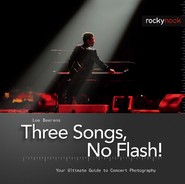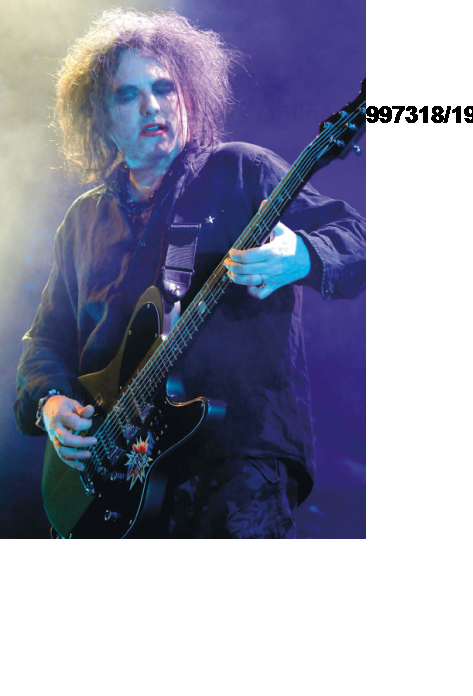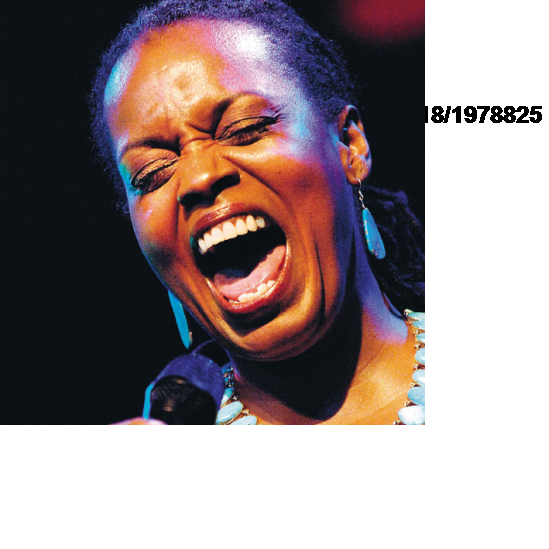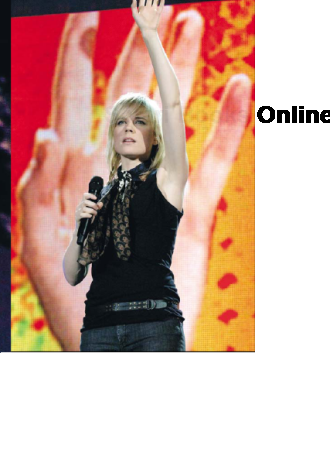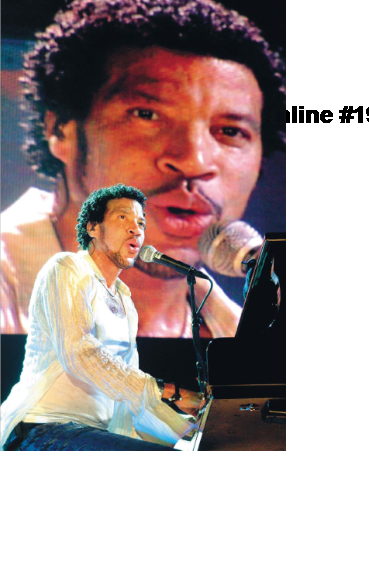I probably don't have to tell you anything about Photoshop, so I won't. However, I will tell you some things that you can and can't do. It is of course possible to completely change and adjust your photos in Photoshop. Everything is allowed in order to make a shot perfect. It only depends on what the photo is going to be used for. If it's for a print on the wall, you can be as creative as you want. If it's for a magazine or newspaper, you will have to stick to reality as much as possible. These publications go for an honest registration of the concert and want to see it the way it was, just like with any other news item. Be aware of this. Personally, I think it's OK to polish out a spotlight or a microphone if you think it improves the composition—even more so because you often don't get a free choice of standpoint in the photo pit. In any kind of photography, photo finishing is more or less the same. The most important thing with finishing concert photos is to fill out the IPTC or XMP data correctly. Especially with concert and sports photography, it is important to clearly state names of persons, dates, venues, and cities.
As you can see here, music photos, and especially jazz music photos, are perfect for black and white prints. Depending on the style of music, you might even consider sepia or other colors that in the old days were created with a gold bath. In particular with jazz photos, you should try to make the prints look old and traditional. There are special Photoshop tools available for this purpose, so don't hesitate to use them.
Make it Square
The aesthetic of the square format in photography is sometimes debated, although some well-known photographers have used it with great success. The square format belongs to photography as a circle belongs to a wheel, especially for photographers who learned photography using square format cameras (Rollei, Mamiya, Hasselblad). These photographers were taught to compose either vertically or horizontally in the viewfinder, assuming enlargements would be made in the preferred rectangular format.
Today, the square format is an option again thanks to high quality, full frame digital cameras with 12 or 24 megapixels. Now you have to compose in a rectangular frame, keeping in mind that the shot will be cropped to a square. In the end it will pay off, as square format compositions can be better and more direct than rectangular. For portfolio printing and "on the wall" decoration, the square format is ideal. However, if you're working freelance, it's more profitable to deliver your pictures to the media in the rectangular format, as you get paid based on the size published.

Stage screens are sometimes a blessing and other times a pain in the ass! The technology of screens changes rapidly. Every year photographers are confronted with the latest refresh rates, HD technology, etc. Every year you will have to start over and find out what works and what doesn't for your camera. Most of the time your shots will work out fine, but not always. You simply have to test them over and over again.
